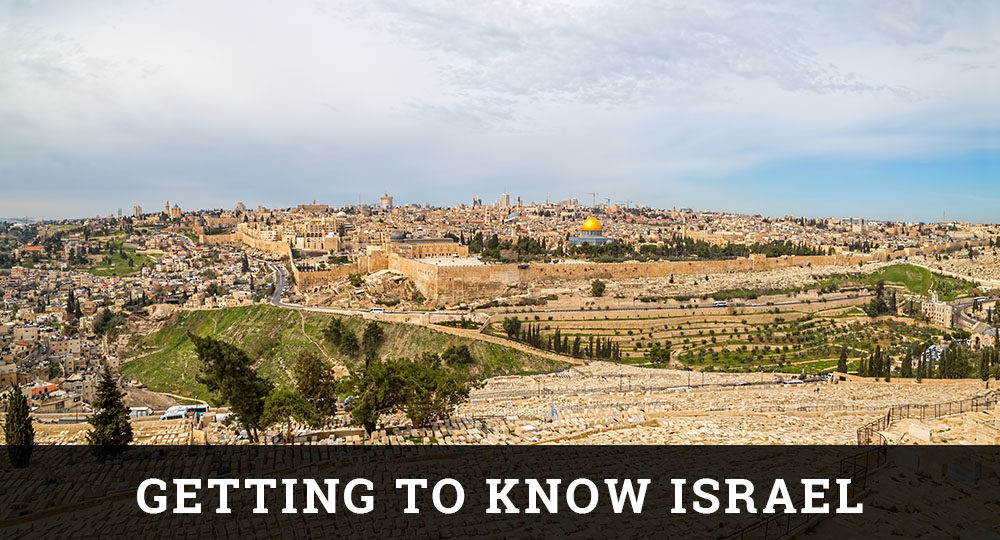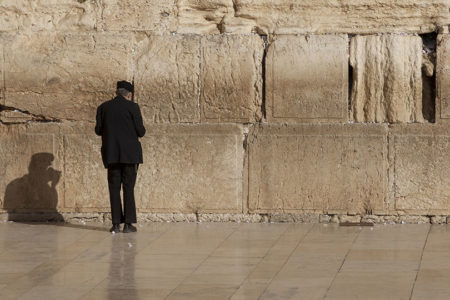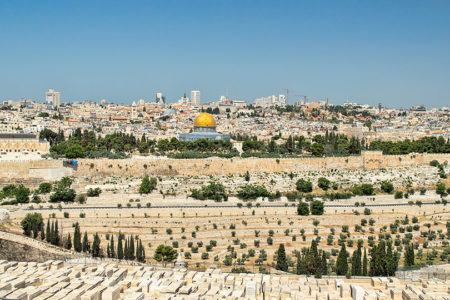Jerusalem of Gold Jun/Jul 1992
Anyone who has stood on the Mount of Olives, just east of Jerusalem, and overlooked the city of Jerusalem will never forget the sight. This is especially true if it is seen as the early morning sun bathes the city with a golden glow that transforms the white limestone of its buildings into a golden hue.
Jerusalem is a city that has been built and razed more times than perhaps any other city in history. Yet each time its occupants manage to reassemble the pieces and make it more visually striking than before. The Talmud states, “Ten measures of beauty descended to the world. Nine were taken by Jerusalem and one by the rest of the world.”
Along with its transformation and history, Jerusalem has had many names ascribed to it as well. In Abraham’s day it was known as Salem (Peace) (Gen. 14:18) and Moriah (Gen. 22:2). Later it was known as the Jebusite city or the city of the Canaanites (Jud. 19:10–11). After David conquered Jerusalem and made it the capital of Israel, it became known as “the city of David” (1 Ki. 2:10; 3:1; 9:24; 11:27). David, however, referred to the city in a variety of ways that demonstrated the fact that he considered it to be God’s city, not his. For example, in Psalm 87 alone, he spoke of “holy mountains” (v. 1), “Zion” (vv. 2, 5), and “city of God” (v. 3). From David’s time until after Jesus’ day, this holy city was referred to simply as Jerusalem. But later, after a series of Jewish revolts against Rome were ultimately squelched, Emperor Hadrian renamed the city Aelia Capitolina. And during a period of Arab occupation of Israel they called the city El-Quds.
The geography and topography of Jerusalem are as fascinating as its history. Jerusalem is located virtually in the middle of what is called the central hill country. This mountain range runs north/south through Israel from the Jezreel Valley in the north to the Negev in the south. It has an average elevation of about 2,500 feet above sea level. The east/west slopes of the mountain range around Jerusalem fall off sharply on both sides, as a result of significant erosion. In fact, the erosion is so severe up and down the hill country that, geologically, the mountain range looks like the back of an alligator.
Jerusalem sits just to the east of the major north/south ridge route that runs through the hill country, sometimes referred to as the Way of the Patriarchs. This ridge route forms two interesting demarcations. First, it serves as the line that marks the watershed of the central hill country. The prevailing winds blowing from northwest to southeast bring with them the rains off the Mediterranean. Because of the elevation of the hill country, most of the rain falls on the western side. Thus, virtually all of the fruit-bearing trees (olives, figs, and vineyards) grow on the western side. Further, the geology on the western side is a rich terra rossa soil that enhances crop production significantly.
Second, this same geology creates an interesting contrast for Jerusalem. At a point almost directly in the middle of the Mount of Olives, the soil changes from terra rossa to clay and soft limestone. You can almost straddle the line of the geological change. This puts Jerusalem—one of the major capital cities of the world—right on the edge of the desert. You leave the rich, lovely soil and natural and man-made terracing on the west and immediately arrive in the wilderness. This contrast is at least hinted at in David’s departure from Jerusalem (2 Sam. 15) and in the beautiful depictions of vineyards in Isaiah 5 and John 15.
One additional note about David’s city of Jerusalem: Although it was located on a hilt it was surrounded by higher hills. David’s city was bordered by the Kidron Valley on the east, the Hinnom Valley to the south, and the Central Valley on its immediate west side. Only the northern portion was approachable from a plateau. Thus, it was shadowed by higher mountains all around being situated on a thumb-like ridge that protrudes to the south and is surrounded by valleys, it was fairly easily defended but just as easily captured (just ask David and Joab, 1 Chr. 11:4–9). Also, because David’s city was surrounded by hills, we can better understand his statement in Psalm 121:1, “I will lift up mine eyes unto the hills.” From his vantage point in the city, everywhere David looked, he could see only hills.








